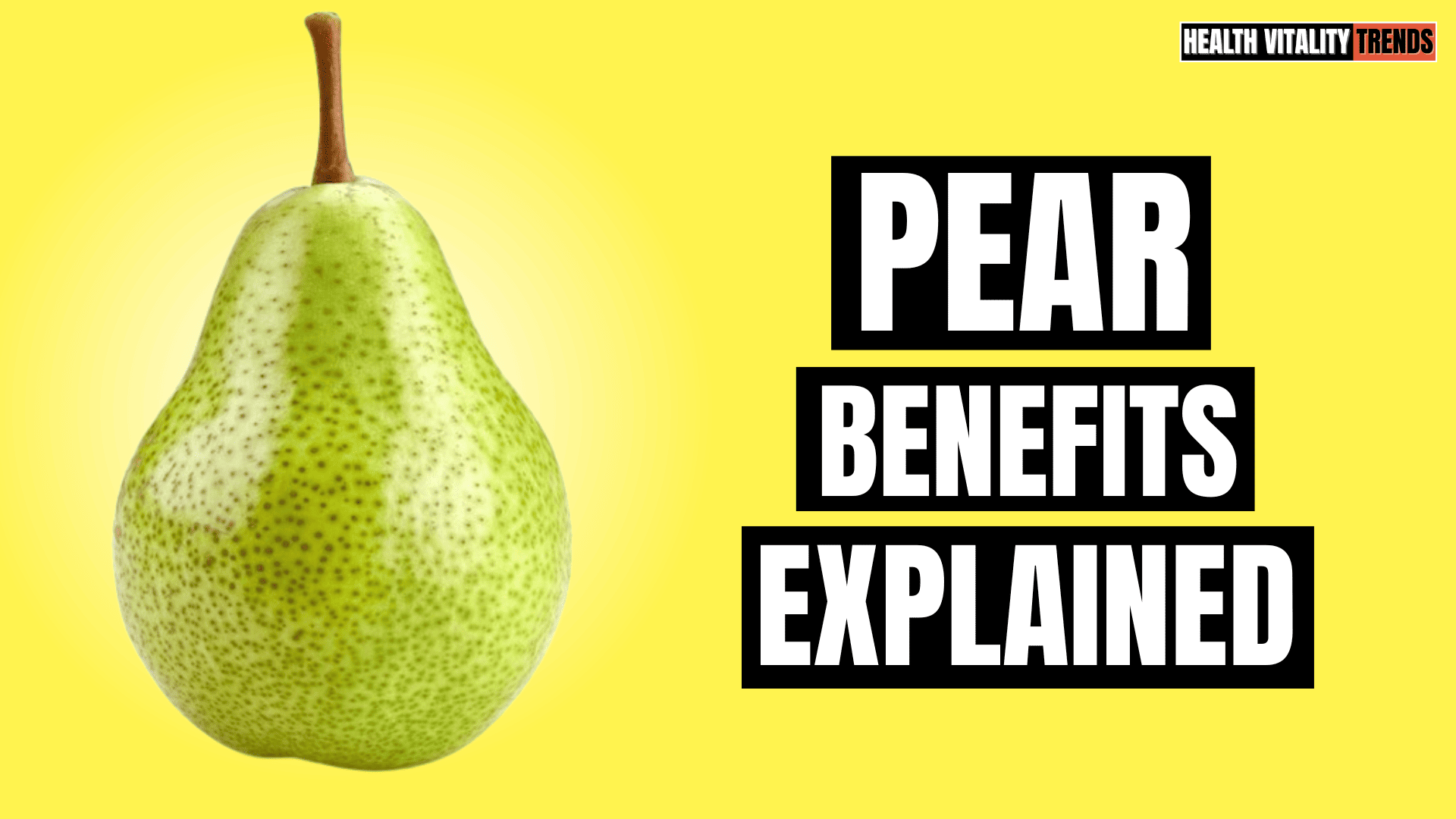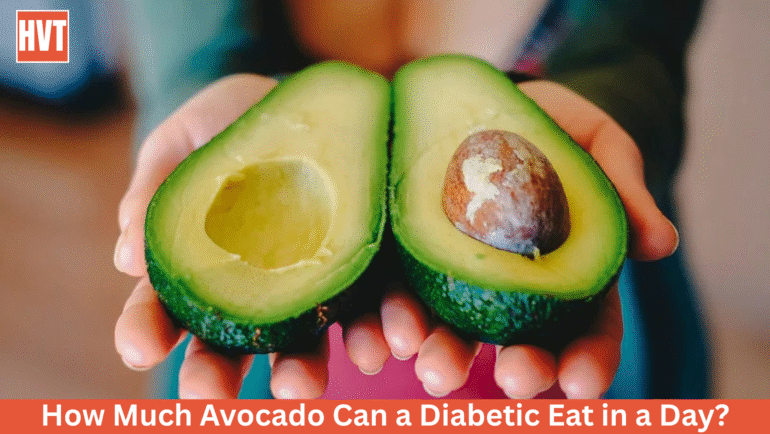
PEAR: Prebiotic Fiber Source & Low-Sugar Fruit That Fights Inflammation
Pears are among the world’s oldest cultivated fruits, loved for their delicate sweetness, juicy flesh, and impressive nutritional profile.
Behind their simple appearance lies a fruit that can aid digestion, support heart health, and provide long-lasting energy.
Whether eaten fresh, baked, or poached, pears are a versatile and healthy addition to your diet—one that balances indulgence with nourishment.
What is Pear?
The Pear (Pyrus communis)[1] is a fruit native to Europe and Western Asia but now grown worldwide, from the orchards of China (the largest producer) to the fertile valleys of the Pacific Northwest in the United States.
Pear season typically peaks in late summer through autumn, though storage and modern farming practices make them available year-round.
A fascinating historical note: Ancient Greeks considered the pear a “gift of the gods.” Homer even mentioned pears in The Odyssey as a prized fruit in royal orchards.
This cultural reverence shows just how long pears have been valued not just as food but as symbols of prosperity.

What Does Pear Taste Like?
A ripe pear is sweet, fragrant, and juicy with a subtle floral undertone. Depending on the variety, its flavor can range from honey-like (Bartlett) to slightly tangy (Bosc) or crisp and refreshing (Asian pears, which resemble apples in crunch).
The flesh is soft and grainy, melting in the mouth, while the skin may be smooth, slightly rough, or russeted.
Pear Nutrition Facts
Here’s the nutritional profile of 100 grams of raw pear (about one small pear), according to USDA data[2]:
| Nutrient | Amount per 100g | % Daily Value* |
|---|---|---|
| Calories | 57 kcal | 3% |
| Carbohydrates | 15 g | 5% |
| Dietary Fiber | 3.1 g | 12% |
| Protein | 0.4 g | <1% |
| Fat | 0.1 g | <1% |
| Vitamin C | 4.3 mg | 7% |
| Vitamin K | 4.4 mcg | 6% |
| Potassium | 119 mg | 3% |
Key nutrients to note:
- Fiber: Excellent for digestion and satiety.
- Vitamin C: Strengthens immunity and supports skin health.
- Potassium: Helps regulate blood pressure and supports heart function.
Health Benefits of Pears
1. Supports Digestive Health: A single pear provides about 12% of your daily fiber needs, promoting bowel regularity and feeding beneficial gut bacteria[3].
2. Boosts Immunity: With vitamin C and antioxidants, pears help your body ward off infections and support tissue repair[3].
3. Heart-Friendly Fruit: Potassium aids in regulating blood pressure, while fiber helps lower LDL (“bad”) cholesterol[3].
4. Weight Management Ally: Low in calories but high in fiber, pears help you feel full longer, reducing overeating[3].
5. Anti-Inflammatory Effects: Pears contain flavonoids and phytonutrients that may reduce inflammation and lower the risk of chronic diseases[3].
6. May Improve Diabetes Control: Research suggests that the fiber in pears helps stabilize blood sugar levels by slowing glucose absorption[3].
How to Eat Pear
Pears can be enjoyed in countless ways:
- Fresh snack: Slice and pair with cheese or nuts for a balanced mini-meal.
- Salads: Add pear slices to leafy greens with walnuts and goat cheese for a refreshing salad.
- Desserts: Poach pears in red wine with spices, or bake them into pies and crumbles.
Nutritionist’s tip: Leave the skin on whenever possible—it contains much of the fruit’s fiber and antioxidants.

How to Store Pears to Keep Them Fresh
- Ripening: Pears ripen best at room temperature. To speed the process, place them in a paper bag with a banana or apple.
- Refrigeration: Once ripe, refrigerate pears to extend freshness for 3–5 days.
- Freezing: Slice, dip in lemon water to prevent browning, and freeze for later use in smoothies or baked recipes.
A chef’s trick: Slightly underripe pears hold their shape better when cooked or poached.
Possible Side Effects or Precautions
Side Effects
- Digestive Discomfort: Excessive intake may cause bloating or diarrhea due to high fiber.
- Fructose Sensitivity: Pears contain sorbitol, which may trigger gas or discomfort in sensitive individuals (NIH).
- Oral Allergy Syndrome: Some people allergic to birch pollen may experience itching or swelling after eating raw pears.
Precautions
- Diabetics: Should monitor portion sizes, though pears are generally considered low to moderate on the glycemic index.
- Infants and Toddlers: Offer ripe, soft pears in small pieces to prevent choking.
- People with IBS: May need to limit pears due to their FODMAP (fermentable carbohydrate) content.
- Cooking vs. Raw: Cooking pears can reduce their potential to trigger oral allergy symptoms.
Fruits Similar to Pear
- Apple: Similar crunch and sweetness, but less juicy.
- Asian Pear: Crisp like an apple but juicy like a pear.
- Quince: Related fruit, tart when raw but fragrant when cooked.
- Guava: Offers a grainy texture and high vitamin C, like pears.
Common FAQs About Star Fruit
1. Is pear good for weight loss?
Yes. Pears are low in calories and high in fiber, which helps control appetite and prevents overeating.
2. Can diabetics eat pear?
Yes, in moderation. Their fiber slows down sugar absorption, supporting stable blood glucose levels.
3. What is the best way to pick a ripe pear?
Check the neck: press gently near the stem. If it yields slightly, the pear is ripe.
4. Can you eat pear skin?
Absolutely. The skin contains most of the antioxidants and fiber, so it’s best not to peel it.
Conclusion
Pears are more than a classic lunchbox fruit—they’re a powerhouse of fiber, vitamins, and antioxidants. From aiding digestion to supporting heart health, this sweet, juicy fruit deserves a regular spot in your diet. Next time you shop, pick up a few pears and enjoy them fresh, baked, or blended—you’ll be giving your body both nourishment and pleasure.








